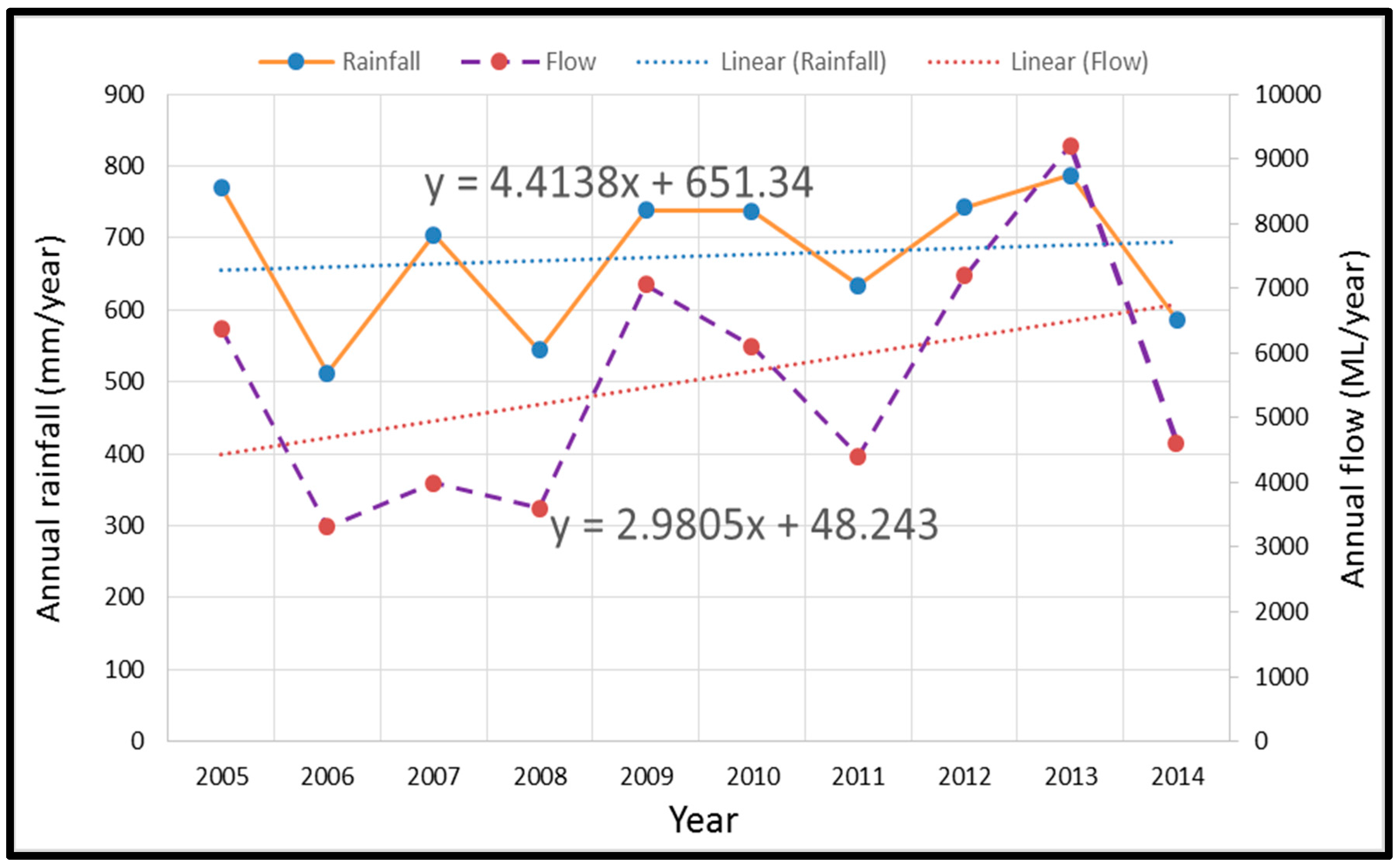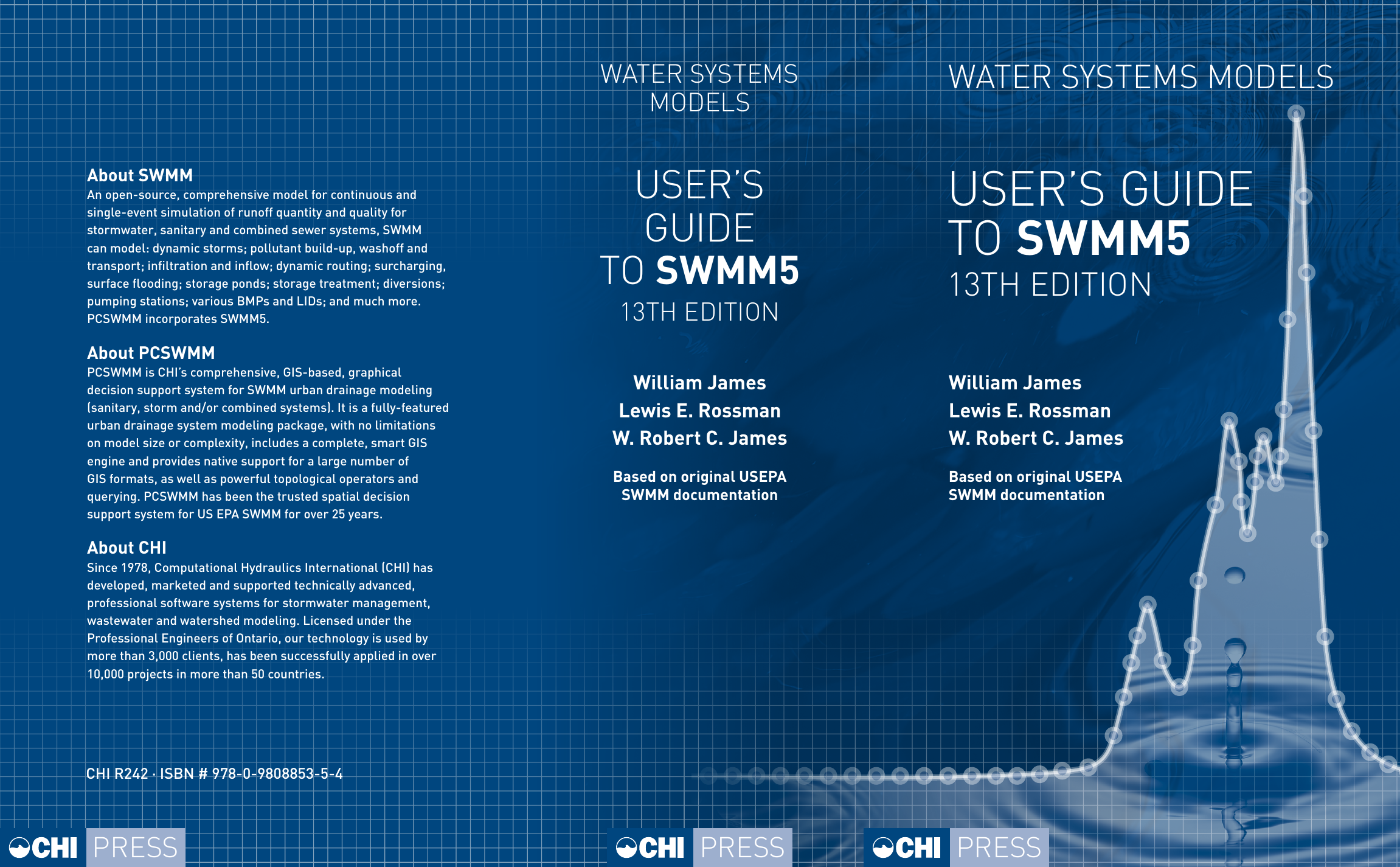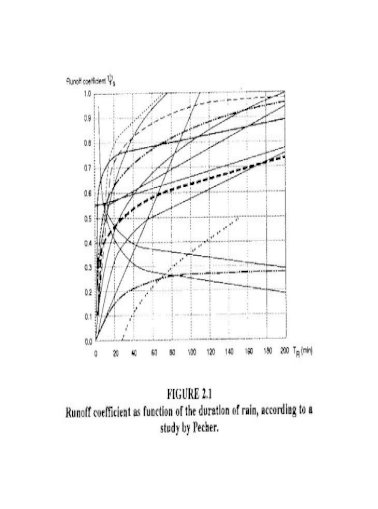
Name From Node To Node Pump Curve Status Sartup Shutoff MaxDepth InitDepth Shape Curve Name/Params Fevap Psi Ksat IMD

Pressure Main Example with Wet Well and Pump On and Pump Off

To keep things simple, I used regular Circular conduits and not Force Main conduits, with a very large Mannings n to exaggerate the head losses. The SWMM solution for this example has been verified in EPANET as well. If you copy and paste the lines below into a SWMM input file and run it you will see that that the pump is operating at this point and that all of the head losses across the segments balance out. There is a Type 3 pump placed after the first segment whose lift is about 77 m at flow of 30 cfs. Below is a small example of a pressurized main with three 425 m long segments of 300 mm pipe asked to convey 30 lps from an elevation of 0 m up to 40 m.

Minor Loss would be much higher for a 2-1/2" nozzle your test is based on.SWMM uses the hydraulic head, not the elevation head (i.e., water surface elevation) to compute the operating point for a Type 3 pump. I prefer to model the actual hydrant with appropriate minor loss coefficients for fittings, valves and hydrant discharge nozzle. Emitters are an improvement to commercial software tutorial examples that make any junction a hydrant. Is that correct?Įmitters have many good uses but I do not believe that fire flow computation is one of them. You did not provide hydrant elevation but it should be approximately (236-134) at 104'. Looping should be a requirement.īased on your flow test, the existing system may be be represented with a tank 133.83' above your hydrant, and an 8"-1592' pipe.

Consider additional connection, away from this one to serve your development. Unless there is something I am missing, it is not likely that you can get 2,500 gpm 20 psi through this connection only. Your test indicates that the system I capable of delivering a maximum of 1,382 gpm 20 psi.


 0 kommentar(er)
0 kommentar(er)
